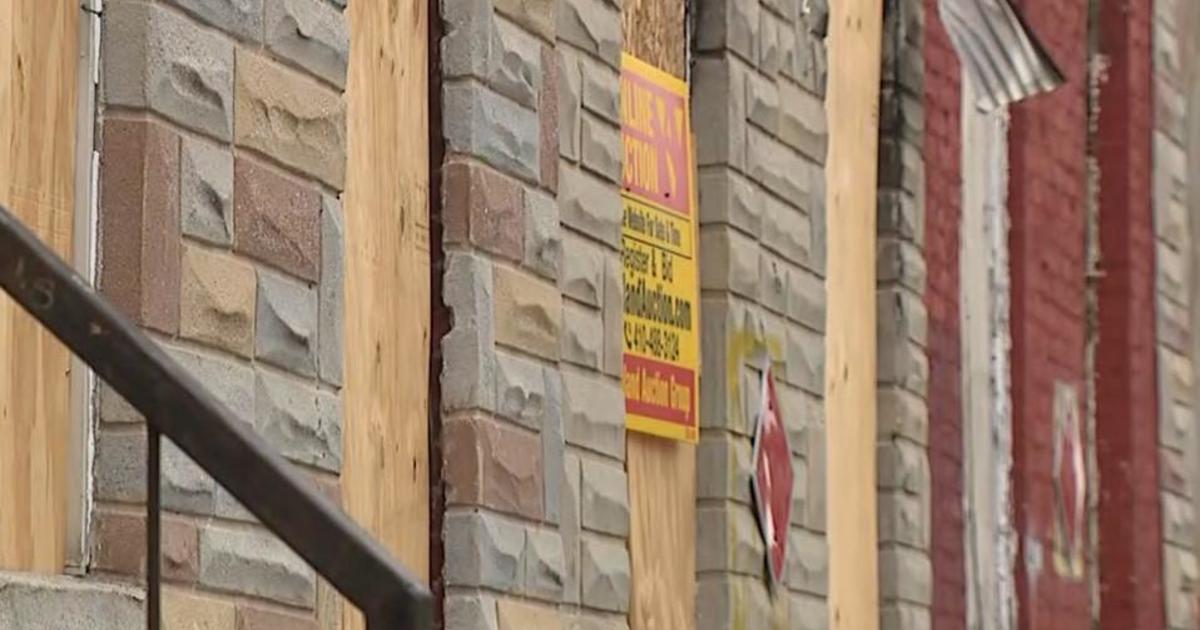New Maryland report highlights stagnant state economy
ANNAPOLIS, Md. (AP) — Maryland's economic growth effectively stalled in 2017 and has been stagnant ever since, despite the fact that the state tops the nation in several key economic categories, according to a report released Wednesday.
The report, the first of its kind released by the state comptroller's office, notes that Maryland has the highest median household income of about $108,200 and the nation's lowest unemployment rate at 1.8%.
Maryland also has above average productivity and one of the lowest poverty rates in the U.S., about 8.6%, according to the report. The state's economy also benefits from diverse employers and institutions, and Maryland's proximity to the nation's capital means the federal government plays an outsized role the state's economy.
But despite those advantages, the state's economic growth stalled even before the COVID-19 pandemic and remains stagnant.
"Recent fluctuations in Maryland's economic environment serve as flashing yellow lights for the state's fiscal health," Comptroller Brooke Lierman, a statewide-elected Democrat, wrote in a letter with the report.
Although labor force participation in the state is 65.3%, which is higher than the national rate of 62.7%, it has not recovered to Maryland's pre-pandemic levels, as has been the case in the rest of the nation.
"Maryland added federal jobs throughout and following the pandemic, but private sector job growth has been stagnant," Lierman wrote. "People are moving to Maryland from states with higher costs of living, but more Marylanders are moving away to states where cost of living is even lower."
The state's Bureau of Revenue Estimates and Policy Division used publicly available data, academic research and government studies to analyze economic indicators in the report, comparing the data across neighboring states as well as nationwide.
The report found that Maryland is behind neighboring states and the nation in gross domestic product, personal income, real wages and population growth.
Maryland's low unemployment rate is an indicator of a constrained labor supply, with the number of vacancies exceeding the number of available workers, the report found.
The report also noted that Maryland has experienced more women leaving the workforce, compared with women leaving the workforce nationally.
Maryland women ages 16 to 34 saw a 2.0% decline in labor participation from 2019 to 2021, according to the report. By comparison, only 1% of women ages 16 to 24 and 0.4% of women ages 25 to 34 dropped out of the labor force nationally during that same time frame. Commonly cited reasons include taking care of the home, including child care, and returning to school.
Maryland was ranked as the eighth costliest state for child care in the 2022 Cost of Care Survey, the report said.
The report also noted data showing fewer people are moving to Maryland than are moving out of the state to lower cost-of-living states like North Carolina, South Carolina, Pennsylvania and Florida. Meanwhile, Maryland has attracted residents from areas where cost of living is higher, including New York, New Jersey and Washington, D.C.
Within Maryland, people are moving away from the Baltimore and Washington metro areas to the Eastern Shore, southern Maryland and western Maryland, where the cost of living is lower, the report said.
Housing affordability and availability is potentially driving migration out of the state and hurting efforts to attract new residents who could fill job vacancies. People leaving Maryland tend to be under age 26 or over age 55 and make either less than $50,000 or more than $100,000, according to the report.



